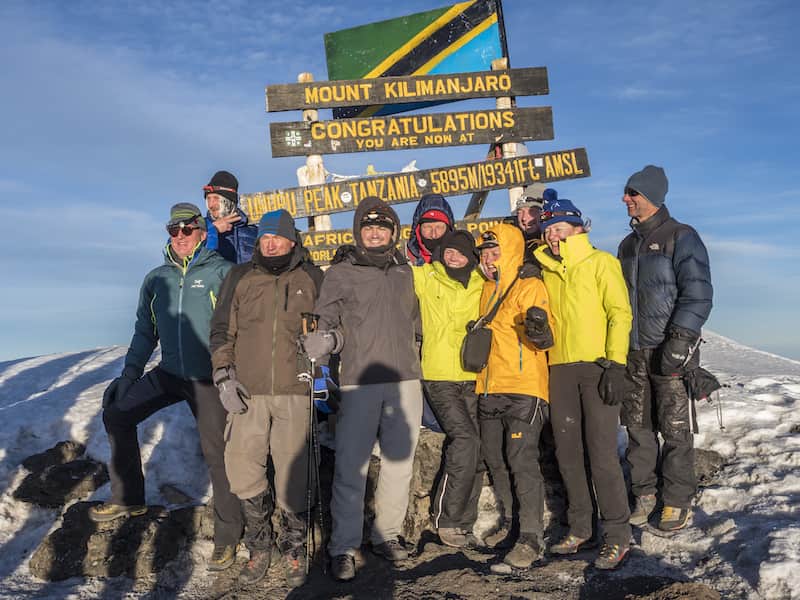
Climbing Mt. Kilimanjaro is on the bucket list of millions of people. From this large group of aspiring climbers only around 35,000 actually attempt the adventure and, of these, only 40 percent make it to the top.
Towering to the height of 5,895 m above the sea level, Kilimanjaro, the highest free-standing mountain, is not a technical climb but rather tests your mental determination and physical stamina to challenge and then exceed your limitations.
When standing tall on the highest peak of Africa you can bask in the satisfaction of knowing you have met and overcome a great personal challenge and achieved what few ever have.
This makes a Kilimanjaro trek a truly rewarding and exceptional experience.
Here are 10 useful tips for climbing Mount Kilimanjaro as shared by our guides and hiking experts with over 30 years of experience of taking travelers to the summit. These tips will maximise your changes for a successful climb.
Did you know that there are a total of seven routes for climbing Mt. Kilimanjaro?
Each route offers unique scenery and takes a certain number of days to summit the peak.
For example, Machame is a popular route that allows you to complete the trek in six nights and seven days, allowing for one extra day to acclimatise and rest if you can not proceed to the next base camp the following day. The Lemosho route is one of the longest and popular due to its beauty, remoteness and high success rate of climbers reaching the summit..
We advise you to discuss your level of fitness and hiking experience with your us select which route will best suit you or your group.
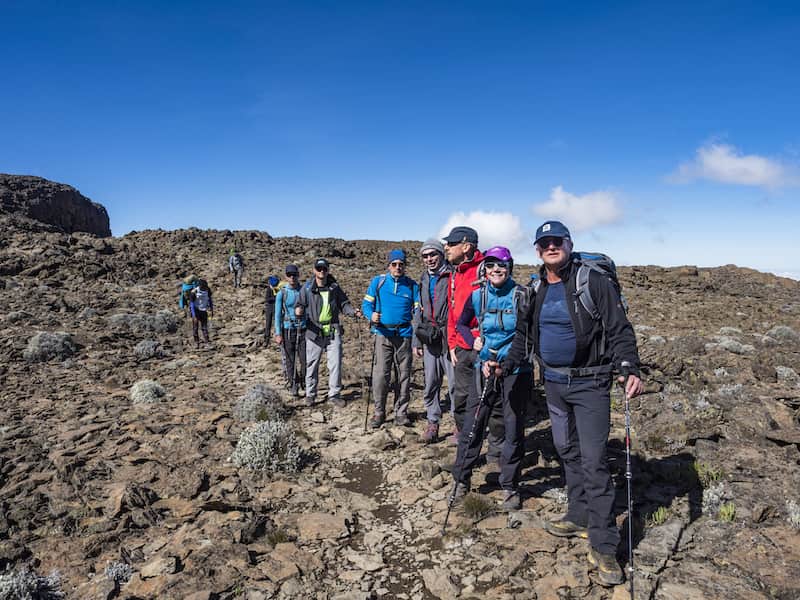
“How fit do I have to be for this hike?” This is the most important question you should ask yourself.
We recommend that you start working on your fitness at least three months prior to your climb and implementing an exercise programme including uphill climbs, regular walks and swimming daily. One week prior to your climb practice your routine whilst wearing your hiking boots and carrying some weight on your back.
Exercise is essential to make your body flexible, endure long walks, and help you avoid muscle strains and body ache which is common if you do not work out regularly.
There are many secrets to successfully climbing Mt. Kilimanjaro. One of the most important is to ensure you drink plenty of water; at least three litres a day.
As you climb higher each day the level of oxygen falls, depriving your body of its most essential requirement. One of the main sources of oxygen is H20 which will help you to maintain sufficient levels for the climb..
If you haven’t developed the habit of drinking water throughout the day, start doing so at the earliest opportunity. Drinking plenty of water will help you avoid dehydration, supply oxygen to your body and help you to avoid headaches, a common cause for why climbers fail to proceed higher up the mountain.
Besides adding regular workout to your lifestyle routine, you should also strive to develop healthy eating habits. A healthy diet will improve your fitness with a regular intake of proteins and nutrients supplying the needed energy to your body. Avoid fizzy drinks or junk food for at least three months prior to the climb.
Whilst on the mountain you will be offered fruit such as bananas and meals made of lean proteins to ensure you feel fit and active. Carry energy bars, chocolates, and dried fruits for snacks as it is easy to feel hungry in the cold weather.
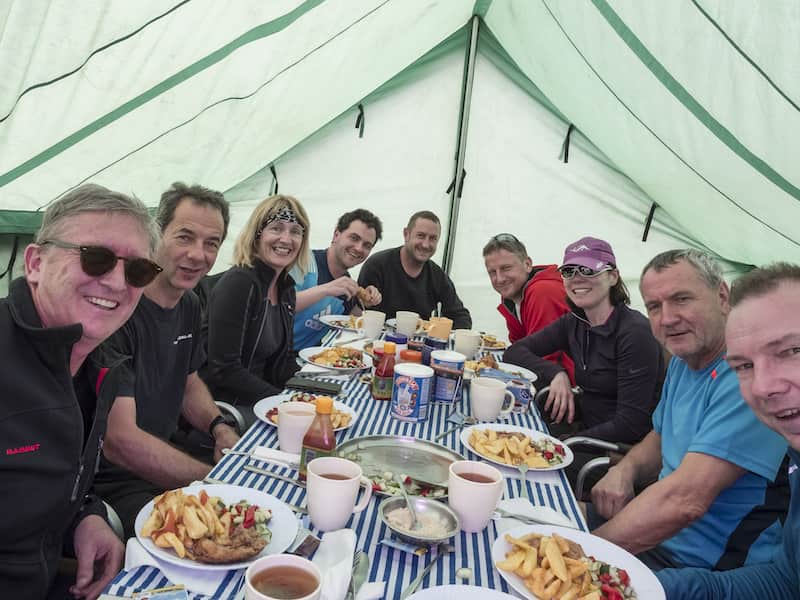
One factor for ensuring a successful climb is ensuring you have the right equipment.
There are several things you must have besides your regular clothing: hiking shoes, two to three pairs of high-quality gloves and socks, layers of inner, windcheater, hiking jackets and insulated jackets, trekking poles, etc.
The good news is you can rent some of the equipment at a nominal rate in case you don’t wish to purchase gear and to avoid carrying weight if you are traveling across borders.
You will find a list of recommended mountain climbing equipment on our website or ask us to send you a packing list for your Mount Kilimanjaro climb.
Another essential element of preparation is to practice deep breathing techniques to combat oxygen deprivation.
Due to the low levels of oxygen at higher altitudes, your lungs need to be conditioned for deep breathing, taking in as much oxygen and breathing out without getting you exhausted. We highly recommend practicing yoga which includes many suitable breathing techniques. Swimming is another very helpful activity, both to improve your breathing and for general fitness.
If you suffer from asthma or a similar medical condition, please see a doctor before your trip and ensure you have a good supply of any necessary medication.
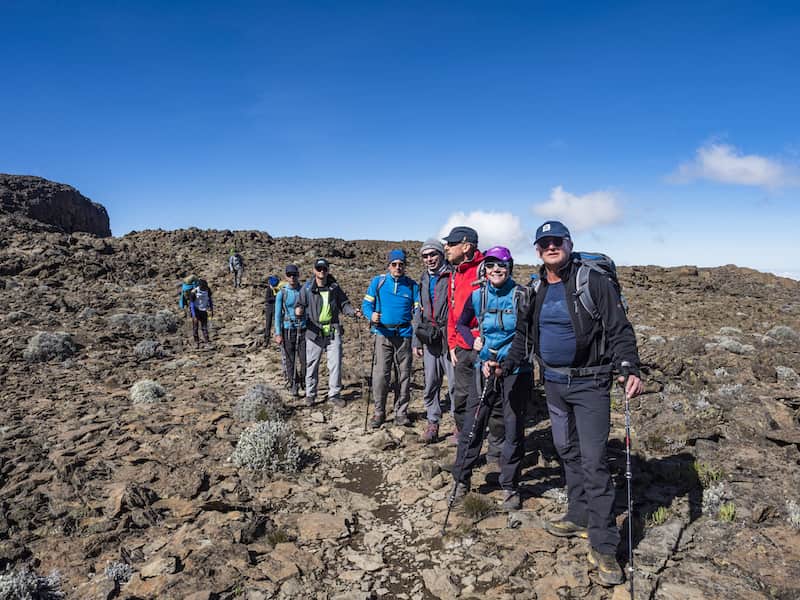
Mountain guides are highly experienced, used to working with climbers of all levels and are alert to the health and welfare of their charges. If you are fatigued, unwell, or have some doubts, it is important to communicate this to your guide and take careful heed of their advice.
Your guide will motivate you to think positively, drink lots of water and encourage you to challenge yourself and make it to the summit.
If at any point you start feeling unwell, speak to your mountain guide, and be honest with him. Rescue and medication may be a challenge on the mountain, and they can help you make arrangements at the earliest opportunity.
Due to the nature of the climb and the cold conditions on the mountain, it is not possible to bathe during your hike.
Remember to carry sufficient clothes for the length of the trek and ensure they are appropriate for the mountain. Each time you sweat we suggest changing a layer of clothing to prevent you from catching a chill and falling sick.
Prepare your pack and gear knowing that you will not be able to shower for seven to eight days.
If you have brought extra clothing that may not be needed on the climb you can store it in a small bag and leave it at the hotel in Moshi or with your tour operator.
Be mindful that you will be carrying your own backpack during your climb and this should be light enough to let you walk for at least six to eight hours per day. Avoid heavy items and only take what you absolutely will need on the trek.
Porters will be available throughout the journey who will help carry the luggage. Ask for help if your personal bag feels too heavy.
Climbing Mount Kilimanjaro is an exhilarating and empowering experience. It’s also a strenuous one and after the hike you will deserve rest and relaxation.
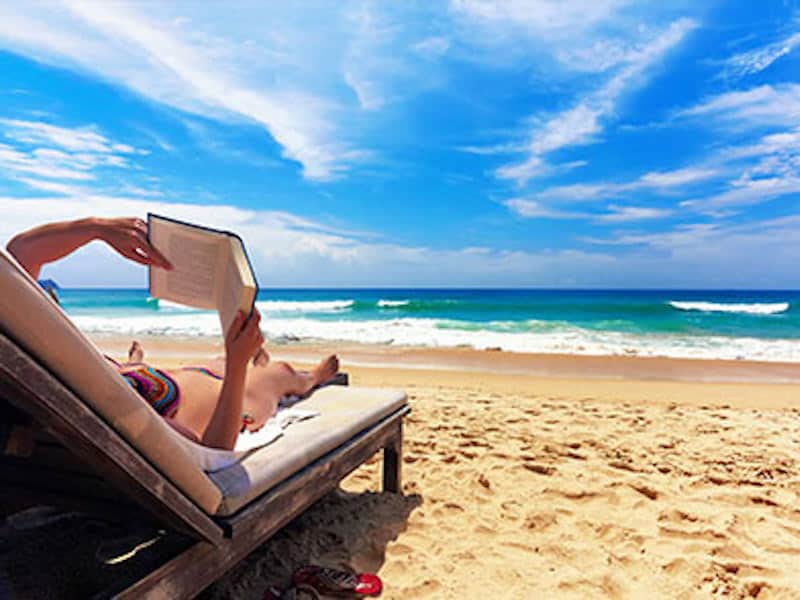
Take at least three to seven days rest before heading back to work. Tanzania offers a wealth of choices for you to reward yourself after a climb.
Explore beautiful parks and reserves in a game drive vehicles and witness wildlife spectacles or enjoy an island retreat on Zanzibar rejuvenating yourself on white sandy beach and in the warm, crystal clear azure waters.
Our safari experts are ready to answer all your questions and help you plan your mountain trekking adventure. Talk to us today to start planning your Kilimanjaro trek.





